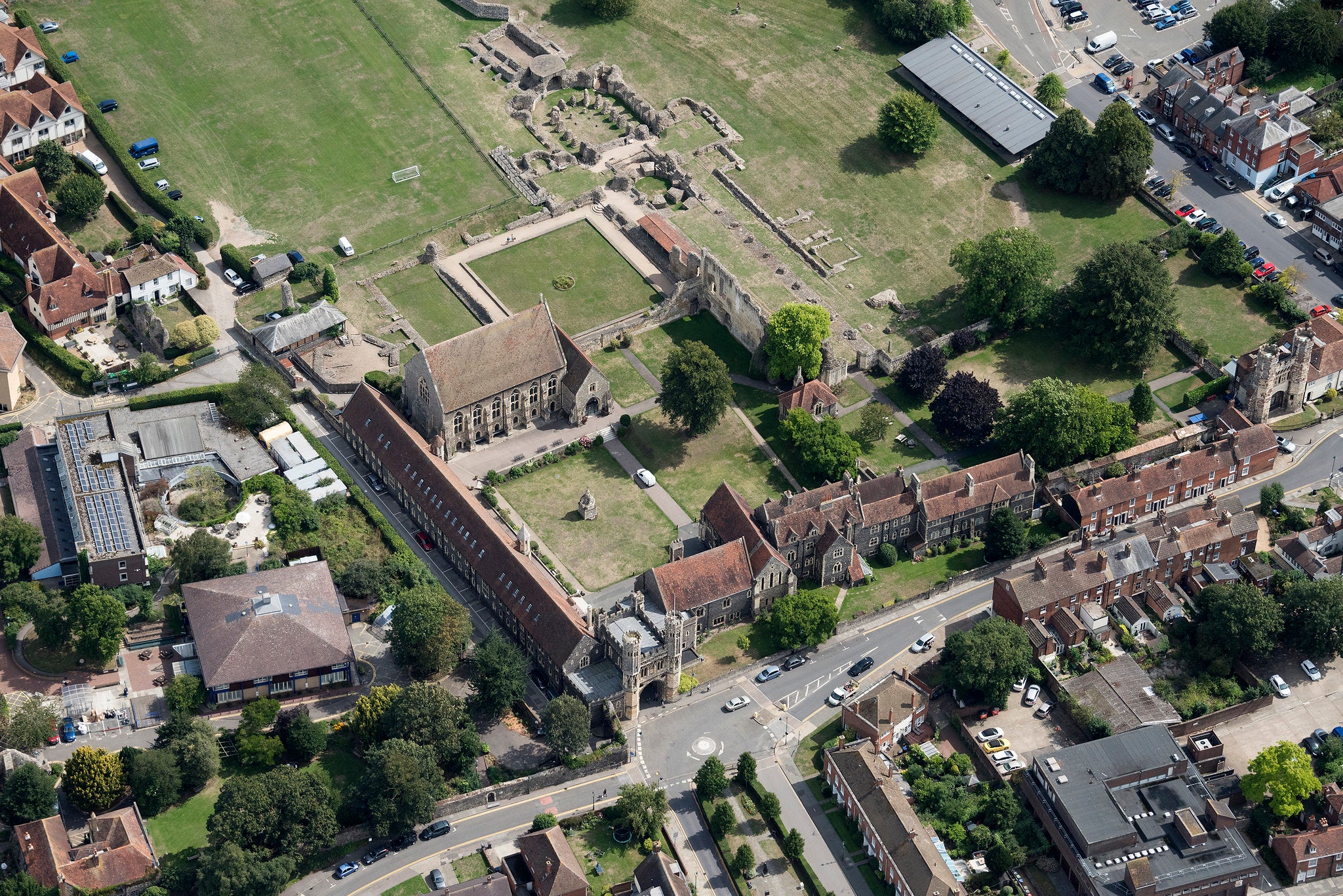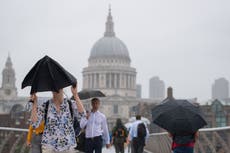New research identifies England’s oldest surviving church
Its construction marked ‘the official relaunch of Christianity in what would become England’ says archaeology professor

England’s oldest surviving church has been identified by archaeologists.
New evidence reveals that the Chapel of St Pancras in Canterbury was built, consecrated and used by St Augustine, head of the papal mission to Kent in 597.
Dating from around 600 AD and now in ruins, it was almost certainly the first purpose-built place of Christian worship constructed in Anglo-Saxon England.
The discovery pinpoints the place where public Christian worship was re-established in what is now eastern and southern England, after a gap of up to 150 years – arguably one of the most pivotal moments in English history.
Christianity in modern England evolved out of Augustine’s mission – and the design of the first purpose-built public church perhaps served as a prototype for most subsequent ecclesiastical buildings up until the present day.
Christianity was first established in Britain in Roman times, especially in the fourth century AD, but much of that tradition was obliterated by the pagan Anglo-Saxon invasions and settlement expansion of the fifth and sixth centuries.
“The newly-evaluated archaeological evidence from St Pancras Canterbury, for the first time, pinpoints where Christian public worship was officially first re-established after a period of pagan domination,” said Professor Ken Dark of King’s College London who has been reassessing early Christian archaeological material from that city. “It marks the official relaunch of Christianity in what would become England.”
The construction of St Pancras Church in around 600 was the culmination of a long political and spiritual process which had begun around 90 years earlier. In 508 AD the French king, Clovis l, converted to Christianity. His royal successors remained Christians and, in 580, his granddaughter, a Christian princess called Bertha, married the pagan King Aethelberht, ruler of the Anglo-Saxon Kingdom of Kent.
The papacy saw that marriage as an opportunity to try to convert England’s pagan Anglo-Saxon kingdoms to Christianity. So in the early 590s, Pope Gregory the Great sought to establish contact with Aethelberht through Bertha.
That relationship bore fruit in 595 when the Pope succeeded in persuading the king to allow him to send a papal representative to Kent: St Augustine. Around 18 months later, Augustine arrived in Kent as the first Archbishop of Canterbury. He immediately started holding private Christian religious services in Bertha’s tiny personal chapel, which was dedicated to the French saint, St Martin. But the small Roman-era building had almost certainly not been constructed as a church.

St Augustine seems to have decided to construct a purpose-built church, which became the first Anglo-Saxon building in which normal Christian congregational worship could occur. It was many years before the main base of the Archbishop of Canterbury was finally moved to the heart of the ruined Roman city, marking the first Canterbury Cathedral.
Until now, most modern scholarship had concluded that St Pancras had been built after the time of St Augustine, but Professor Dark’s reassessment of the archaeological data demonstrates that it was constructed between 597 and 609.
The new dating – the first to be based on a full examination of the archaeological evidence – is based on four main pieces of evidence: St Pancras’ substantially different alignment in relation to the adjacent churches on the site, the very unsophisticated nature of the building, the fact it appears to have been built in a hurry, and the fact that it was soon abandoned.
The ruins of St Pancras form part of the English Heritage-administered St Augustine’s Abbey complex, which is itself a Unesco World Heritage Site.
Professor Dark’s research is published in the current edition of the Journal of the British Archaeological Association.






Join our commenting forum
Join thought-provoking conversations, follow other Independent readers and see their replies
Comments